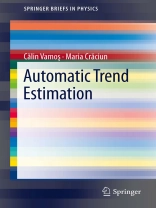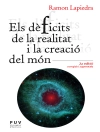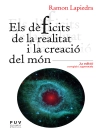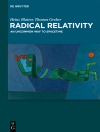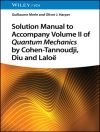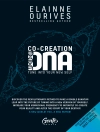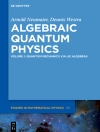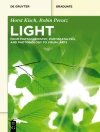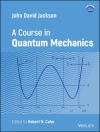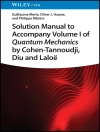Our book introduces a method to evaluate the accuracy of trend estimation algorithms under conditions similar to those encountered in real time series processing. This method is based on Monte Carlo experiments with artificial time series numerically generated by an original algorithm. The second part of the book contains several automatic algorithms for trend estimation and time series partitioning. The source codes of the computer programs implementing these original automatic algorithms are given in the appendix and will be freely available on the web. The book contains clear statement of the conditions and the approximations under which the algorithms work, as well as the proper interpretation of their results. We illustrate the functioning of the analyzed algorithms by processing time series from astrophysics, finance, biophysics, and paleoclimatology. The numerical experiment method extensively used in our book is already in common use in computational and statistical physics.
Inhaltsverzeichnis
Discrete stochastic processes and time series.- Trend definition.- Finite AR(1) stochastic process.- Monte Carlo experiments. – Monte Carlo statistical ensembles.- Numerical generation of trends.- Numerical generation of noisy time series.- Statistical hypothesis testing.- Testing the i.i.d. property.- Polynomial fitting.- Linear regression.- Polynomial fitting.- Polynomial fitting of artificial time series.- An astrophysical example.- Noise smoothing.- Moving average.- Repeated moving average (RMA).- Smoothing of artificial time series.- A financial example.- Automatic estimation of monotonic trends.- Average conditional displacement (ACD) algorithm.- Artificial time series with monotonic trends.- Automatic ACD algorithm.- Evaluation of the ACD algorithm.- A paleoclimatological example.- Statistical significance of the ACD trend.- Time series partitioning.- Partitioning of trends into monotonic segments.- Partitioning of noisy signals into monotonic segments.- Partitioning of a real time series.- Estimation of the ratio between the trend and noise.- Automatic estimation of arbitrary trends.- Automatic RMA (Aut RMA).- Monotonic segments of the Aut RMA trend.- Partitioning of a financial time series.
Über den Autor
Vamos is Scientific researcher II at ‚Tiberiu Popoviciu‘ Institute of Numerical Analysis (Romania). His interests are on time series theory and quantitative finance.
Craciun is Scientific researcher III at ‚Tiberiu Popoviciu‘ Institute of Numerical Analysis (Romania). Her interests are on time series theory and quantitative finance.
